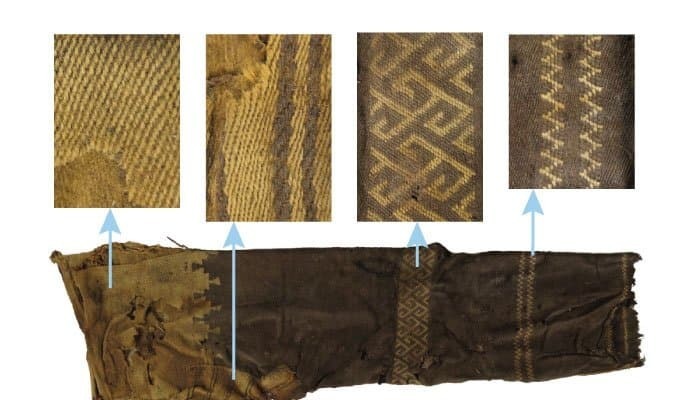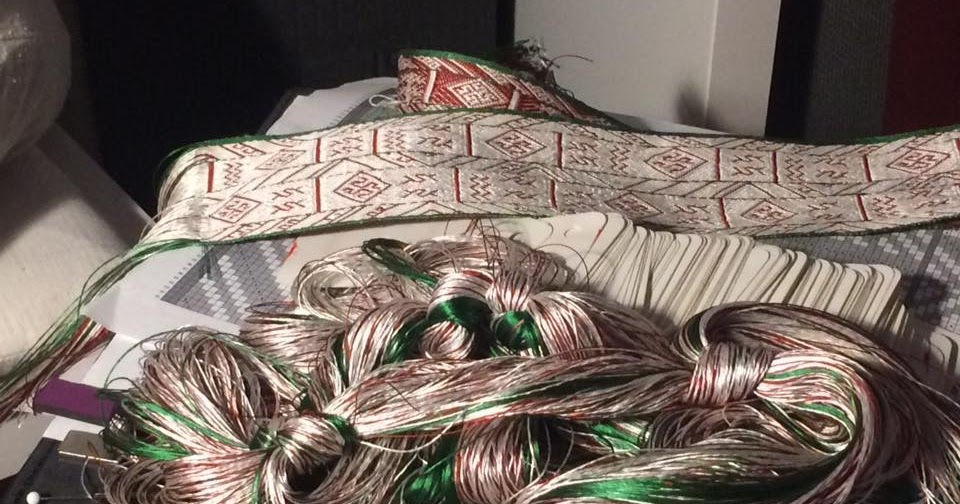
#Saint #Sabas, born in #Cappadocia (now part of modern-day #Turkey) 439AD, stands as a towering figure in the #history of Eastern #monasticism and is deeply revered among the monks of #Palestine. His journey to sainthood was marked by trials and profound spiritual growth.
His early years were marred by abuse and turmoil, leading him to flee to a monastery for #refuge. Despite familial efforts to draw him back, Sabas found his calling in monastic life, quickly distinguishing himself by his exemplary virtues, even as the youngest monk.
At 18, Sabas’ spiritual quest took him to #Jerusalem, driven by a desire to deepen his understanding of #solitary #life. His youth initially made him an unlikely candidate for the life of a #hermit, but he didn’t waver. He began his journey living in a monastery, balancing his days with labor and his nights with prayer. When he turned 30, Sabas embarked on a more solitary path, spending days in a #remote #cave near Jerusalem, dedicating his time to #prayer and #weaving #baskets.
Following the death of his mentor, St. Euthymius, Sabas retreated further into the desert near #Jericho. His new home was a cave, accessible only by rope, where he subsisted on wild herbs and occasional food from visitors. His lifestyle attracted many followers, and though initially reluctant, Sabas eventually established a monastic community, known as a laura, comprising over 150 monks living in separate huts.
In his 50s, Sabas was persuaded to become a priest to better lead his growing community. Despite his responsibilities as an abbot, he continually felt drawn to the solitary life, often leaving his monks for extended periods, especially during Lent.
Sabas’ influence extended beyond his monastic community. He traveled across Palestine, preaching and bringing many back to the Church. At 91, he undertook a significant journey to Constantinople to address the Samaritan revolt. He fell ill upon his return and passed away at the Mar Saba monastery in 532 AD.
Today, the Mar Saba monastery is still active with Eastern Orthodox monks. Saint Sabas’ life and works have left an indelible mark on early monasticism, making him one of its most celebrated figures.
https://ucatholic.com/saints/sabas/






:extract_focal()/https%3A%2F%2Fcdn.arstechnica.net%2Fwp-content%2Fuploads%2F2022%2F04%2Freally-old-pants-800x450.jpg)










